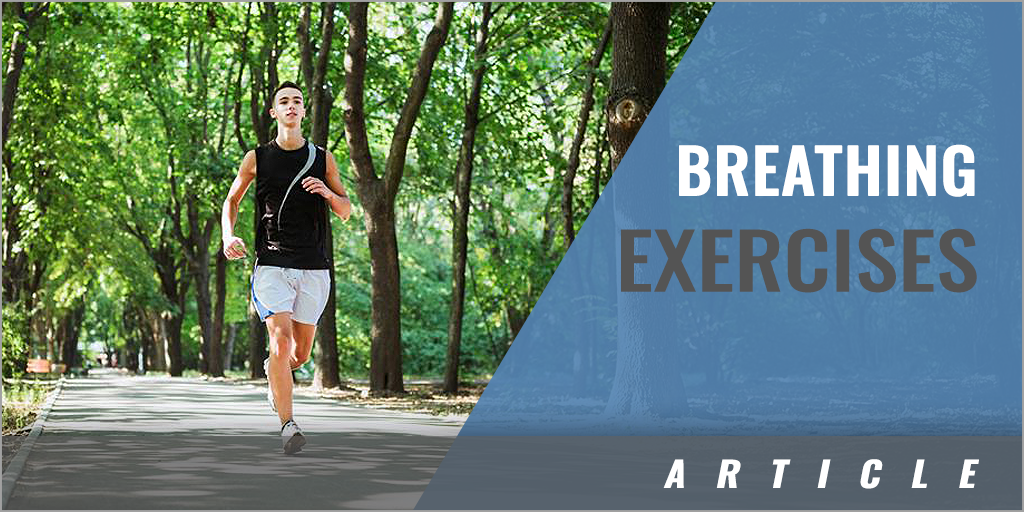|
By: Dr. Colleen M. Hacker, Mallory E. Mann Originally Published in: Achieving Excellence Provided by: Human Kinetics
Learning to breathe properly can either activate or calm and relax your body. You can use the following two breathing exercises to slow your heart rate and calm yourself. Rather than engaging in short, shallow, rapid chest breathing, as people commonly do during high-pressure or stressful situations, using these techniques will help you learn to decrease physical activation by taking full, slow diaphragmatic breaths, known as abdominal or belly breathing. The first step in any breathing exercise, and most relaxation techniques in general, is to become aware of what it feels like to engage in diaphragmatic breathing. To attempt this type of breath control right now, put one hand over your chest and the other hand over your navel. Now take a full inhalation through your nose. You want to feel your abdomen expanding and filling with air before you notice your chest moving. You should notice the air moving up from your abdomen and up through your chest, and then as you bring the air through your lungs, you will notice your shoulder blades widen. All of this movement happens continuously as you inhale. The key is to notice the location of the breath and become more aware of how it begins around your navel and then moves up toward the chest and shoulder. As you exhale, the reverse occurs. You experience your shoulder blades lowering and chest letting air out first, and then you notice the air being forced out of your abdominal area as your belly retracts. Take three or four diaphragmatic breaths before reading further. Now that you have engaged in diaphragmatic breathing, try the breathing exercises described in the sidebar on page 109. Learning to control your breath is one of the quickest and most effective strategies for controlling anxiety and activation. And yet, breathing exercises are often overlooked. Breathing in (inhaling) increases muscle tension, while breathing out (exhaling) releases that tension, so learning to control when and how you take a breath can be useful (Weinberg and Gould 2019). Discus throwers, for example, who learn to exhale as they release the disc might increase the distance of their throw and doing so requires consistent practice. Baldock and colleagues (2021) recommend that athletes and performers engage in 30 to 40 deep breaths each day or engage in one breathing exercise every day (or both) to continue with this training. The key is to make focused breathing a habit. Connecting this form of breathing with everyday tasks is one way to integrate breath control into your lived experiences and to ensure that you become aware of and release tension as needed and under your own control. Four-Square Breathing In this exercise, you will create a square while you engage in slow, full diaphragmatic breathing.
This exercise can be used before training and evaluative situations. One-to-Five Breathing
This exercise can be used before training and evaluative situations. Abbreviated Five-to-One Breathing
This exercise can also be used before training and evaluative situations depending on athlete preference.
|







